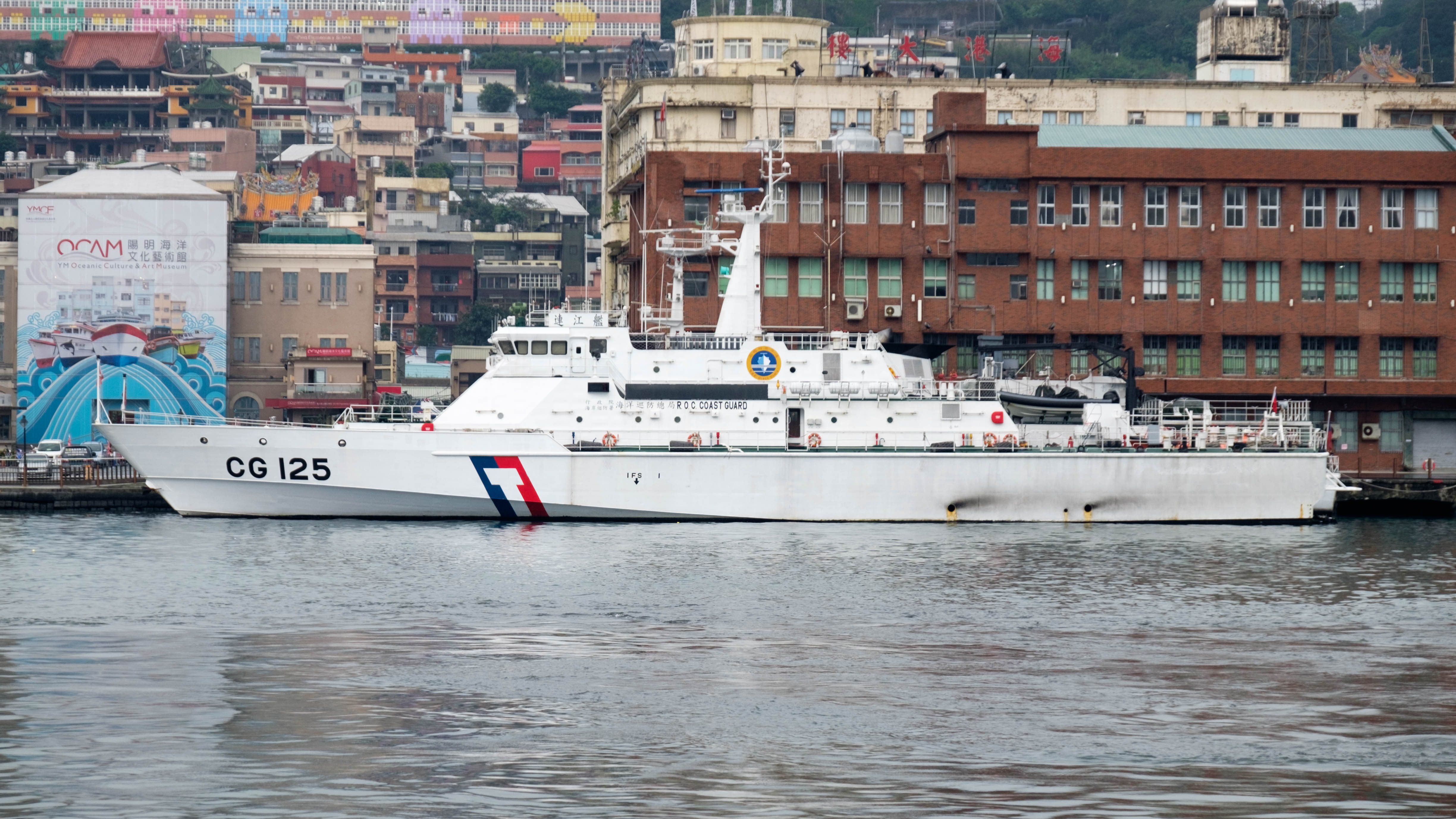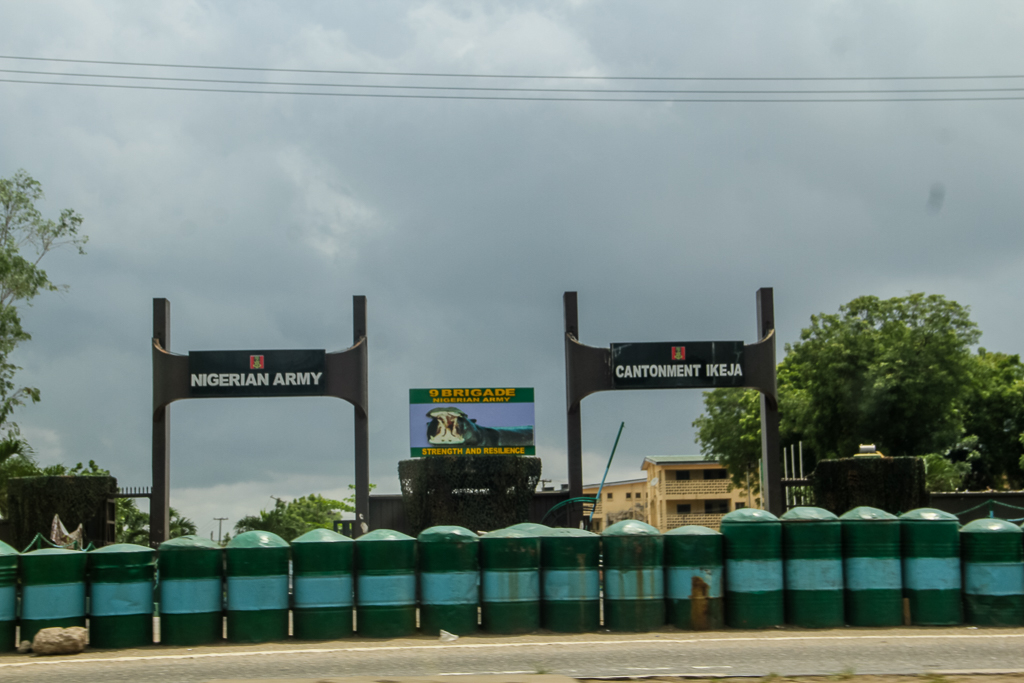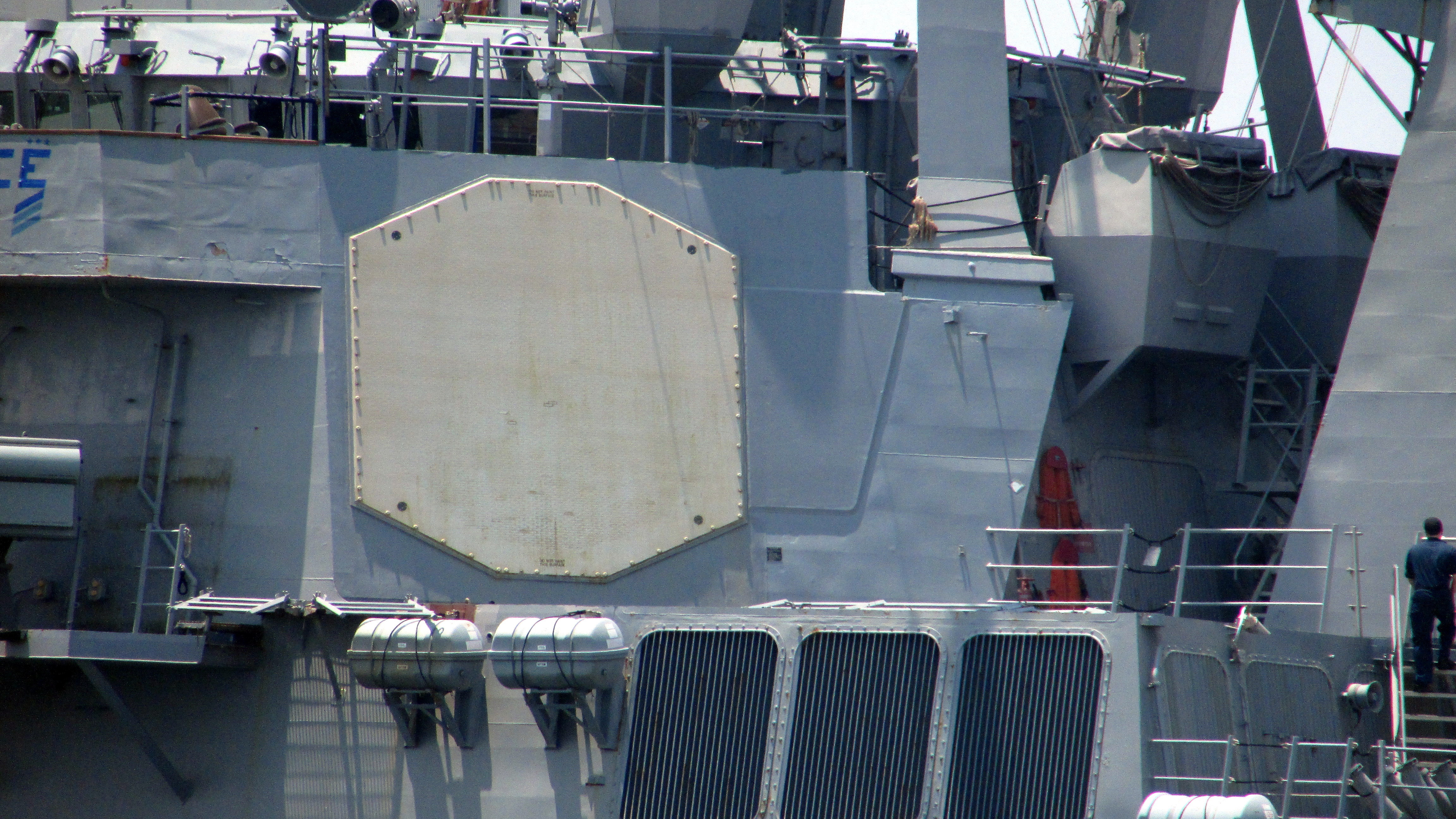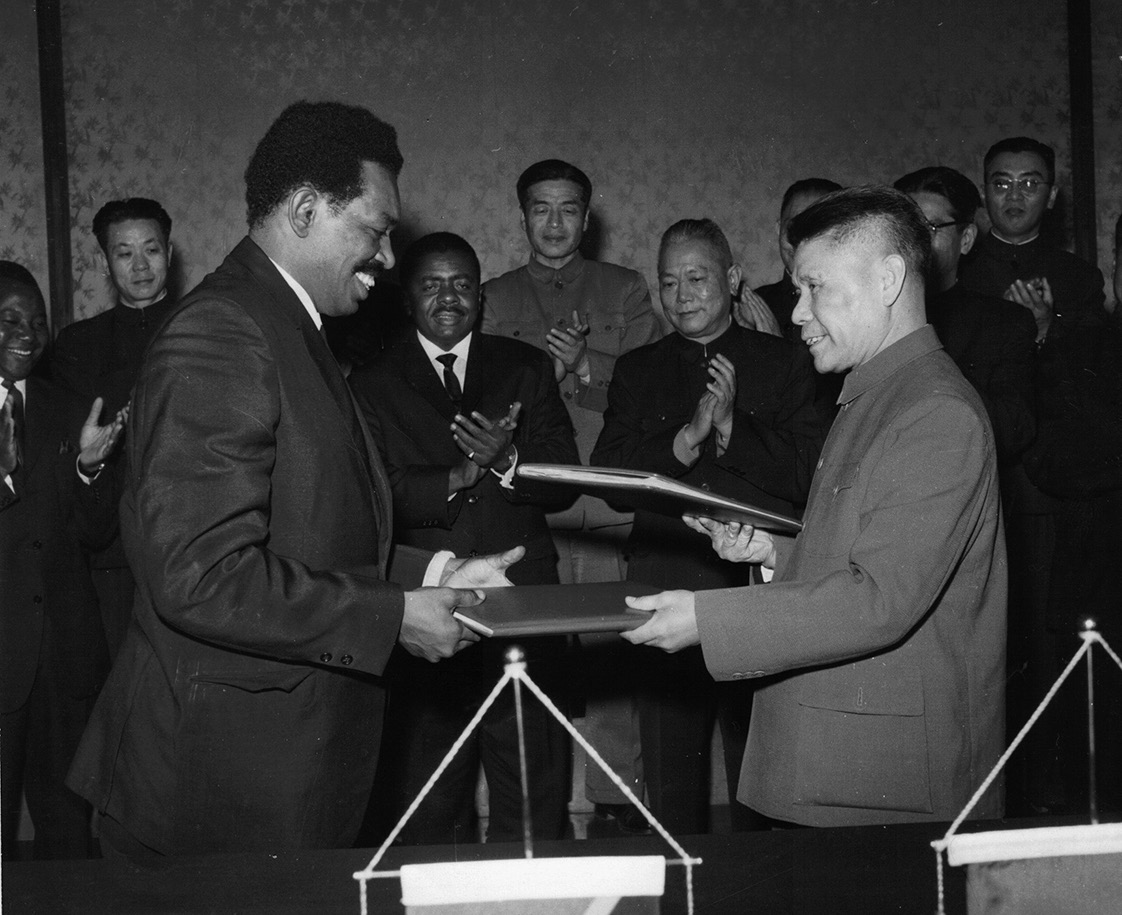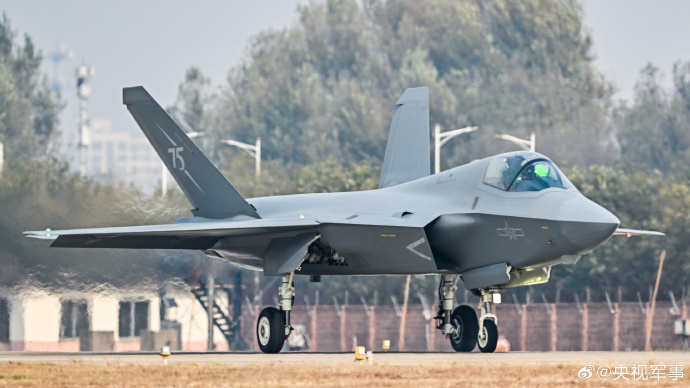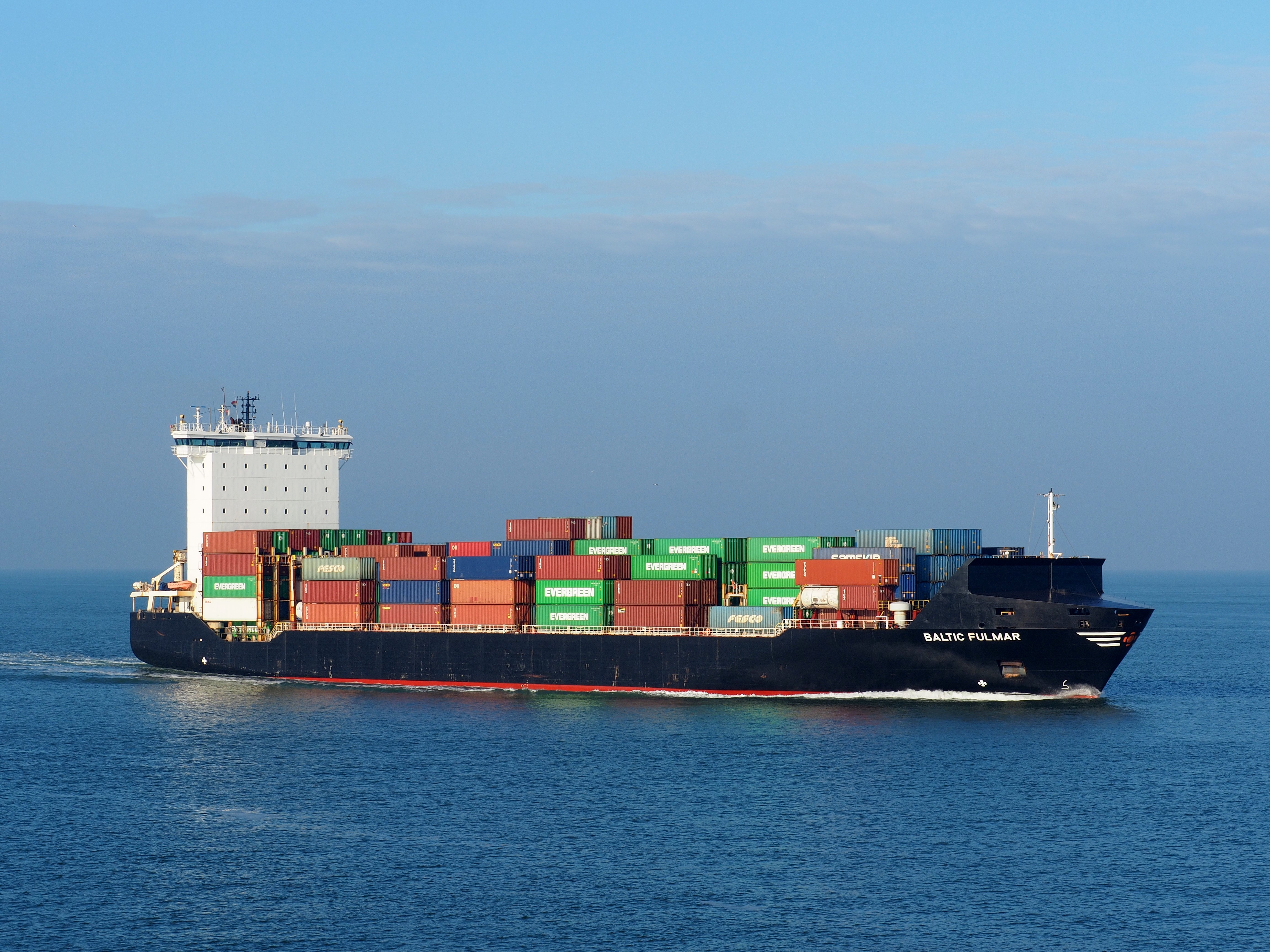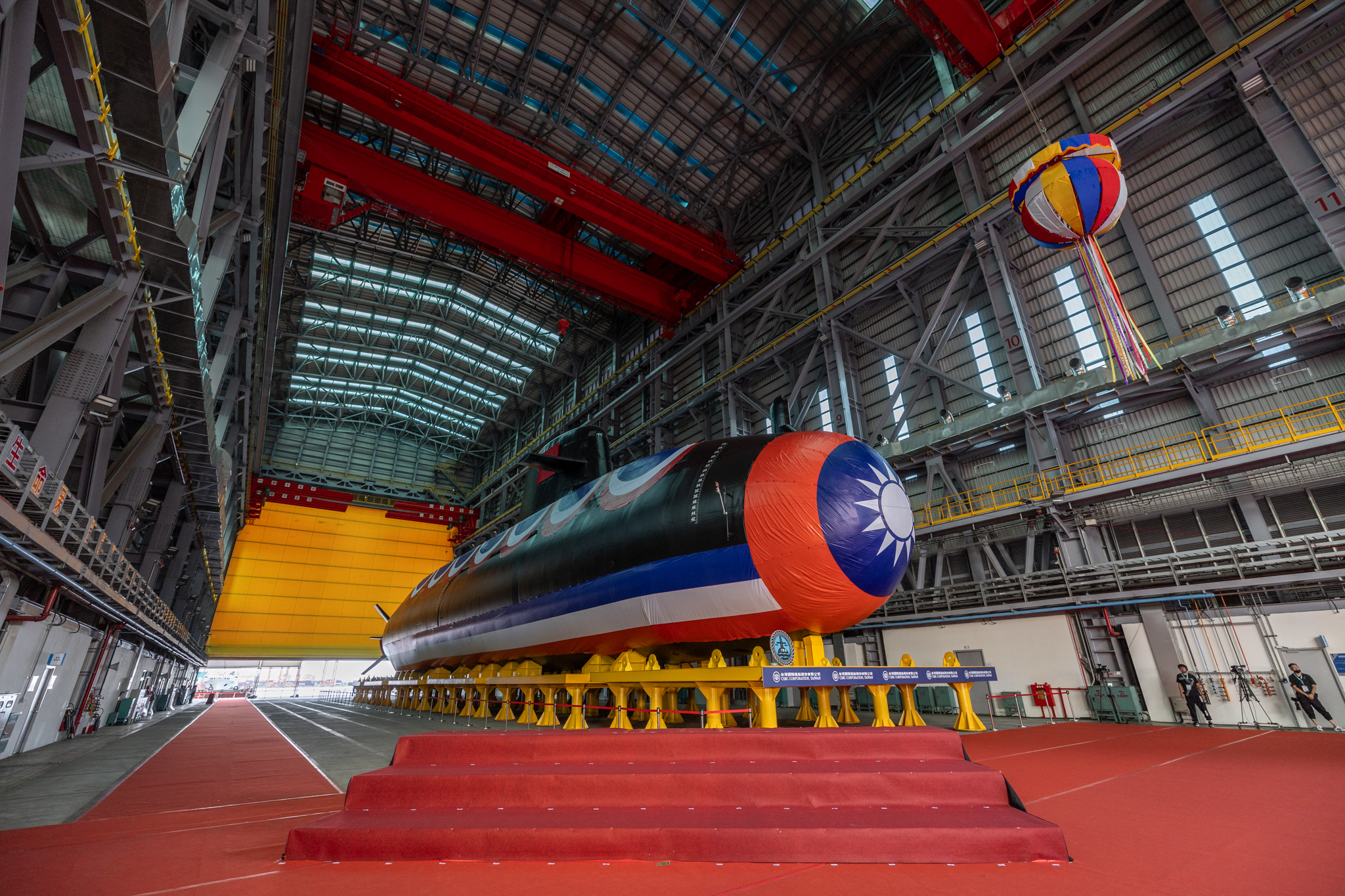An image of the J-35A released by CCTV Military’s official Weibo account.
“The debut of the J-35A marks China becoming the second country in the world, after the United States, to simultaneously field two stealth fighter jets.”
China hosted the 2024 International Aviation and Aerospace Exhibition in Zhuhai from 12 to 17 November 2024. The event showcased a range of new and upcoming advanced weapons, including attack helicopters, UAVs, and robots. Notably, it marked the debut of China’s newest fifth-generation stealth fighter, the J-35A.[i]
The first excerpted article, published by the Global Times, a CCP tabloid newspaper, features an interview with Wang Yongqing, director of the Science and Technology Committee at Shenyang Aviation Industry Corporation of China.[ii] Wang Yongqing highlights that the J-35A incorporates enhanced stealth capabilities through breakthrough technologies, with a focus on all-domain warfare. The J-35A could be tasked with a range of missions, including seizing and maintaining air superiority, engaging ground and sea air defense systems, and intercepting enemy fighters, bombers, cruise missiles, and other airborne threats. Furthermore, Wang Yongqing elaborates that the J-35 is a “one machine with multiple types” platform, highlighting its versatility in supporting the development of multiple variants tailored to specific mission requirements while enabling efficient scaling for rapid production. This versatility includes a J-35 variant’s anticipated deployment aboard China’s Type 003 Fujian aircraft carrier.[iii]
The second excerpted article, published by Direct News, a news outlet controlled by the propaganda department of the Shenzhen municipal committee, disputes claims that the J-35 is merely a copy of the U.S. F-35. The article states the two stealth jets share some design similarities but differ in stealth effectiveness, bomb bay design, engine performance, and aerodynamic shape, reflecting China’s unique combat assumptions and tactical approaches, which diverge from those of Western countries. The debut of the J-35A demonstrates China’s advancement in stealth technology and broader aviation engineering, yet challenges and uncertainties remain in achieving parity with the United States.
China’s progress in fighter development is undeniable; however, noticeable differences exist in the operational and combat experience of Chinese fifth-generation fighters compared to their U.S. counterparts.[iv] For example, U.S. F-22s and F-35s have flown numerous combat missions in the Middle East and Afghanistan, providing invaluable real-world insights into their capabilities while also demonstrating the proficiency of their pilots. Additionally, while the unveiling of the J-35A underscores China’s ambition to challenge U.S. military capabilities, the absence of detailed specifications and lack of real-world operational insights make it difficult to assess whether the J-35A’s technological sophistication and performance rival or exceed the U.S. fifth-generation fighters.[v]
Sources:
Fan Wei and Liu Xuanzun, “歼-35A研制单位首席专家:研制新装备,根本还是为了让人民过上好日子 (The chief expert of the J-35A development unit: the fundamental purpose of developing new equipment is to ensure a better life for the people),” Global Times (a tabloid newspaper under the CCP), 11 November 2024. https://baijiahao.baidu.com/s?id=1815388616265828340&wfr=spider&for=pc
The debut of the J-35A positions China as the second country in the world, after the United States with its F-22 and F-35, to operate two stealth fighters simultaneously. Wang Yongqing, director of the Science and Technology Committee at the Shenyang Institute of Aviation Industry Corporation of China, told the Global Times during the Zhuhai Airshow that the J-35A strengthens China’s combat system network. He emphasized that the development of new equipment is fundamentally aimed at preventing aggression, promoting national development, and ensuring a better quality of life for the people.
In response to questions from Global Times about the new features of the J-35A, Wang highlighted the aircraft’s advancements in stealth, information integration, networking, and intelligence. He explained that the J-35 adopted several new technologies to enhance its stealth capabilities and noted the significant progress and innovation made in these areas. Wang also emphasized the aircraft’s focus on information warfare, coordinated warfare, and all-domain operations.
Regarding the J-35A’s technical features and its potential to cooperate with other fighter jets, Wang provided insight into the aircraft’s design. He stated that the J-35A is capable of seizing and maintaining air control, attacking enemy third and fourth-generation fighters, and defending against ground and sea-based air defense systems. The fighter is also designed to intercept enemy aircraft, bombers, cruise missiles, and other aerial threats.
Wang further asserted that the J-35A can engage previous-generation aircraft while staying outside the enemy’s effective detection range, achieving “one-way transparency” on the battlefield. This gives China an overwhelming advantage, allowing for the detection and neutralization of the enemy first. Against aircraft of the same generation, the J-35A’s lethality and survivability, along with its advanced coordinated combat capabilities, allow it to disrupt the enemy’s targeting abilities and gain a tactical advantage. He correlates the role of the J-35A as the “point guard on the basketball court.”
Wang also discussed the J-35’s development as a “one aircraft, multiple types” platform. The aircraft’s overall layout and technology research have matured key technologies, reducing research and production costs. This approach, he explained, will enable China’s air defense forces to scale up quickly and enhance their combat capabilities.
Qiu Yatong, “美媒承认:所谓“歼-35抄袭F-35”根本是无稽之谈 (US media acknowledges: the so-called “J-35 copying the F-35” is completely nonsense),” Direct News (news outlet controlled by the propaganda department of the Shenzhen municipal committee), 09 November 2024. https://baijiahao.baidu.com/s?id=1815256338816862194&wfr=spider&for=pc
On November 12, the 15th China International Aviation and Aerospace Exhibition will be held in Zhuhai, featuring the much-anticipated J-35A stealth fighter, which recently made a surprise appearance at Zhuhai Jinwan Airport. Reuters confirmed the J-35A’s participation, describing it as a medium-stealth, multi-purpose fighter and highlighting it as the biggest draw of the air show. Reuters emphasized that advancing aerospace design and manufacturing capabilities, exemplified by the J-35, has become a critical strategic priority for China.
The debut of the J-35A positions China as the second country, after the United States, to operate two stealth fighters simultaneously, marking the beginning of its “double fifth-generation aircraft” era. While little is publicly known about the fighter’s performance and combat specifications, it is widely believed that the J-35A will serve aboard the Chinese Navy’s Type 003 aircraft carrier, Fujian.
For years, Western media have baselessly accused China of copying weapons designs, including claims that the J-35 is a direct imitation of the U.S. F-35. However, significant differences exist between the two aircraft, such as nose shape, engine tail nozzle, wing shape, and tail design, making these accusations unfounded and misleading.
Wu Wei, senior editor at Direct News, remarked that the Western tendency to compare the J-35 with the F-35 stems from subconscious bias. He noted that while the two aircraft share similar model numbers and overall appearance, the J-35 is distinct in reflecting China’s unique assumptions about combat scenarios and tactical priorities. Differences include stealth effectiveness, bomb bay design, engine performance, and aerodynamic shape, all of which highlight China’s independent approach to stealth fighter development and application.
Notes:
[i] To watch an official news segment on the J-35A unveiling, see CCTV7 news coverage, CCTV7 Military Report, 14 November 2024. https://tv.cctv.com/2024/11/14/VIDEf28pCkOpF9xOoD1NcEKJ241114.shtml
[ii] To watch an interview with Wang Yongqing discussing the J-35A, see Global Times’ official video interview, Global Times, 12 November 2024. https://haokan.baidu.com/v?pd=wisenatural&vid=5212300448341909343
[iii] Maya Carlin, “J-35A vs. F-35: Can China’s New Fighter Jet Match Up?,” National Interest, 18 November 2024. https://nationalinterest.org/blog/buzz/j-35a-vs-f-35-can-chinas-new-fighter-jet-match-213760
[iv] Lin Nai-Chuan, “China showcases new stealth fighter at Zhuhai air show,” Voice of America, 13 November 2024. https://www.voanews.com/a/china-showcases-new-stealth-fighter-at-zhuhai-air-show/7863356.html
[v] Sebastien Roblin, “China Is Unleashing a New Stealth Fighter, And It’s a Direct Challenge to America,” Popular Mechanics, 14 November 2024. https://www.popularmechanics.com/military/aviation/a62906352/china-new-stealth-fighter-j-35a/
Image Information:
Image: An image of the J-35A released by CCTV Military’s official Weibo account.
Source: https://weibo.com/6189120710/OEODkqT6a?layerid=5097277586408330
Attribution: CCA-SA 4.0 Intl.
